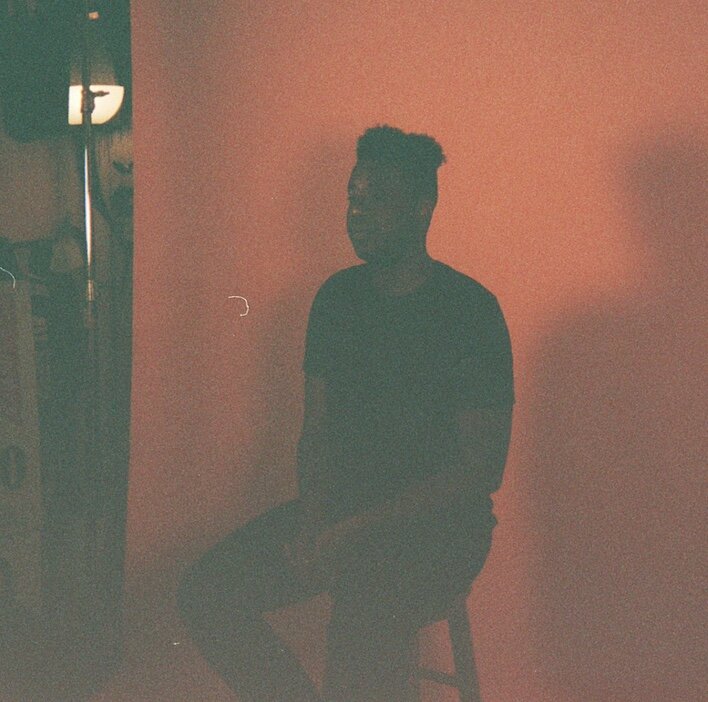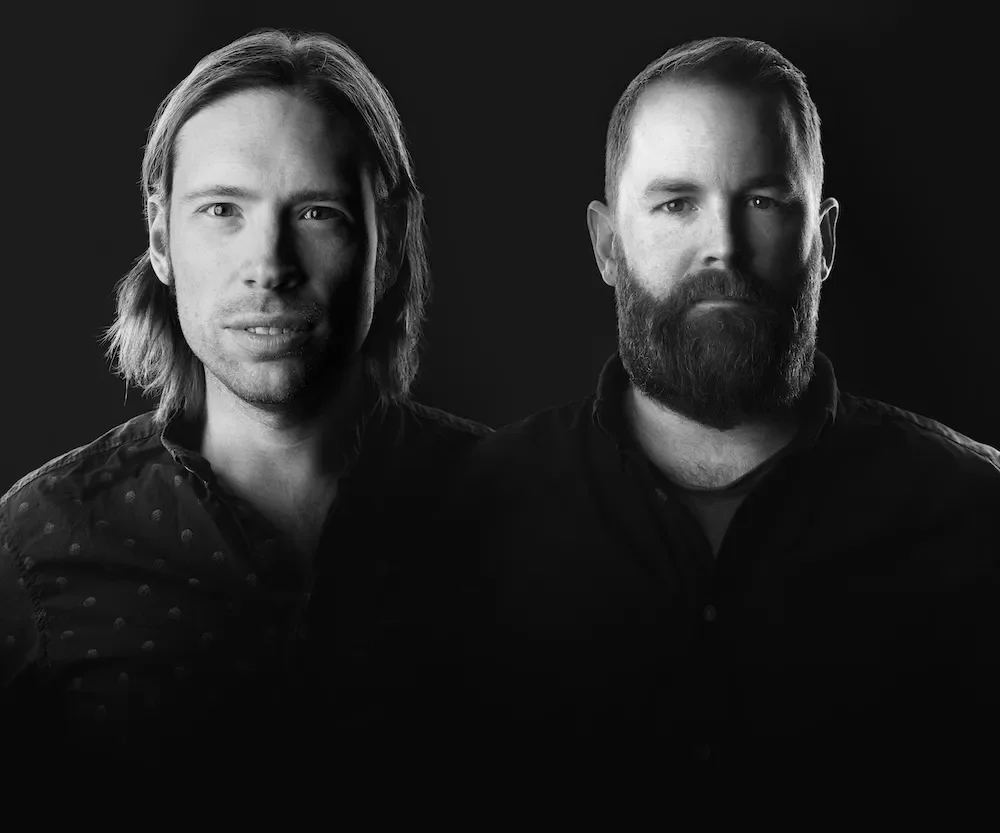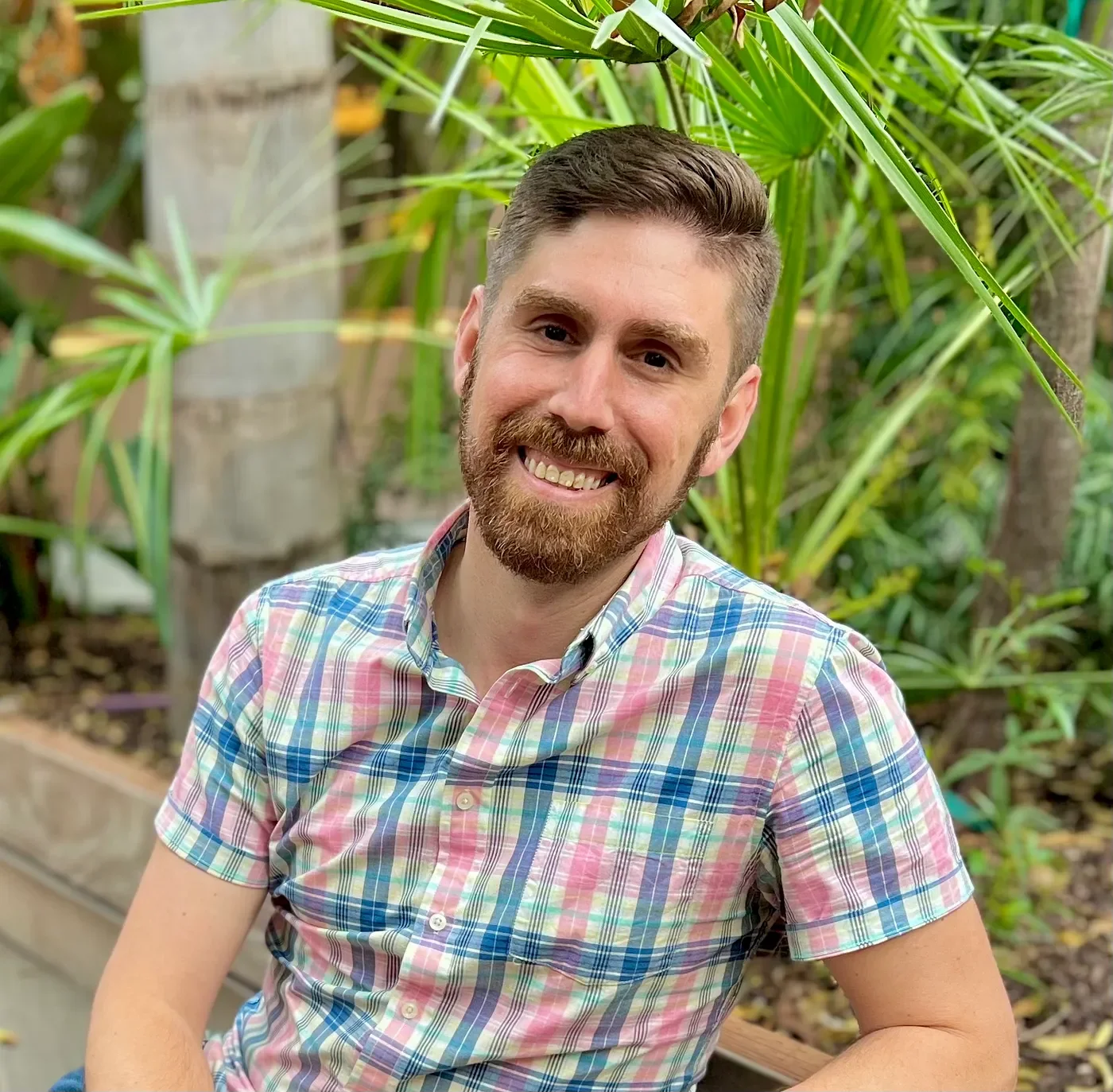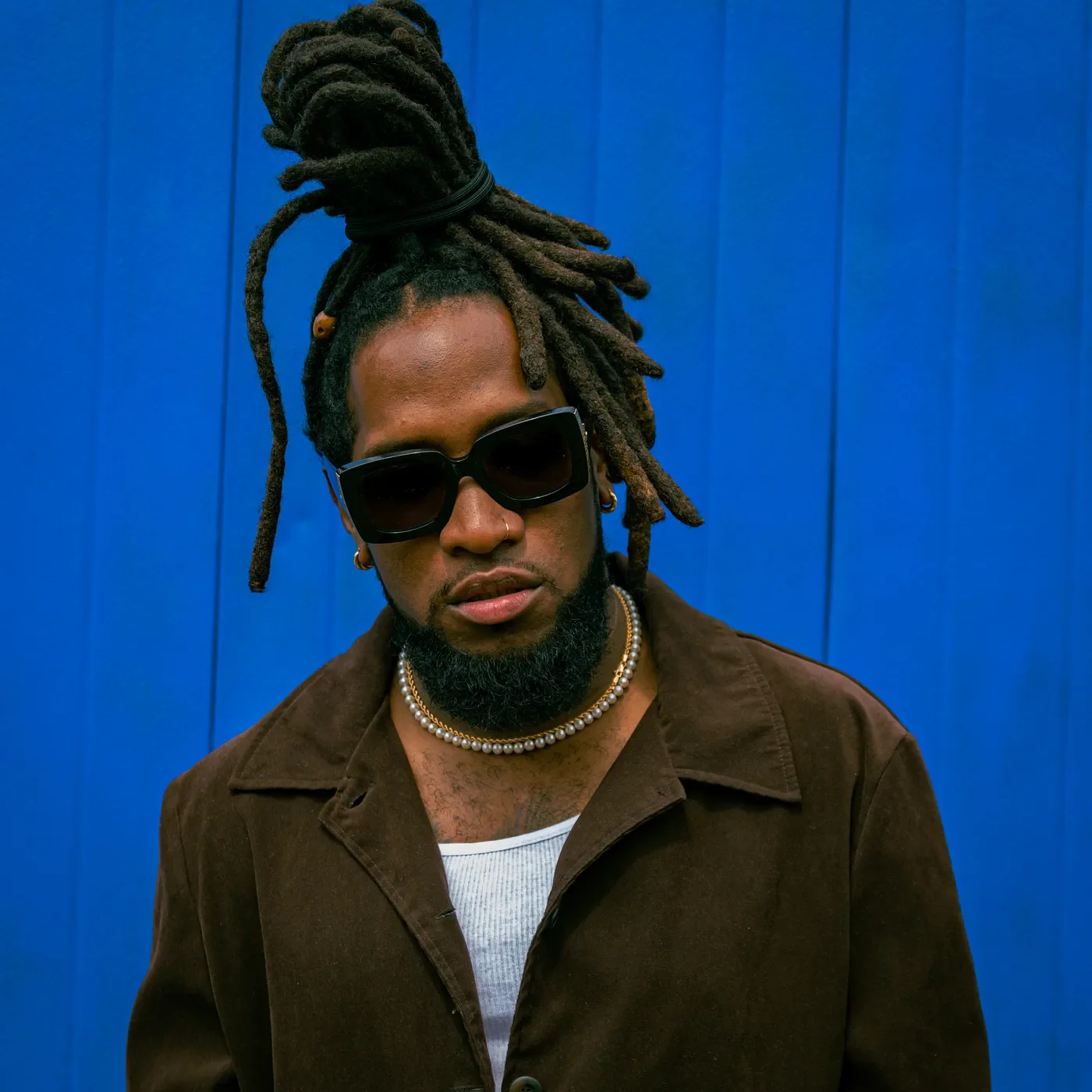Sebastian Adé is a Brooklyn-based performer, composer, and producer specializing in atmospheric R&B, soul, and pop.
Growing up in the early 2000s, Sebastian took piano lessons as a child and started capturing his early creations on a cassette tape recorder. “I had the aptitude to be like, ‘This is what I need to record music,’” Sebastian tells DISCO of discovering his burgeoning interest in music. “It’s just playing around with the technology that was in our basement.”
Early Musical Inspirations
In addition to recording himself on an old tape deck, Sebastian found creative expression via a very special Christmas gift from his mother: a karaoke machine. “It had Diva Hits Of All Time, like Pat Benatar, Cher, Whitney Houston. I’m just like an eight-year-old boy singing to the instrumental… My aspiration in terms of [songwriting] is, I hope I write at least a song that feels as big and grand as something that could be on Diva Hits Of All Time.”
Speaking of divas, Sebastian also remembers the first time he heard Mariah Carey’s 1995 Daydream album, which became a major source of artistic inspiration. “I was definitely in elementary school. [I was] like, ‘Who is this woman?’” Sebastian says. “The cover of that album [was] black and white — very simple and demure. Just the spark of like, wow, this woman made that. People make this. From there, I really started discovering what kind of music is possible.”
Changes In Scenery
Sebastian also credits moving around a lot as a child with building his expansive music taste. “I traveled every two years to a different town [from when] I was 10 until I went to college,” he tells DISCO. “I think that helped, in retrospect. I stayed on the East Coast, but especially in the early 2000s, I got such a wide net. I was listening to New Jersey club music, Baltimore club music. I was exposed to some Philly artists from living in South Jersey.”
In addition to word of mouth, Sebastian says he expanded his horizons by trading mix CDs and engaging heavily with music online, which was rapidly evolving in the early social media era. “We were circulating burnt CDs and getting our first iPods,” he remembers. “This is the age of MySpace… I had all these songs that are literally from people in this town, but I’m communicating with people from the last town I [lived] in. I just think that my upbringing created a taste profile for me that I identify with and probably will forever.”
Sebastian also believes that growing up in a variety of different Northeast towns have given his studio work a certain hometown flavor, which he says “can help inform some production decisions.”
He continues: “When we start refining some of the details of the arrangement… If we touch up the rhythm of the kick [drum], then it could be a proper New Jersey club thing. Or maybe we’d want to layer this bridge to give a bit more of a Brandy vibe… Where can I pull some references musically to refine the sound?”
“The Most Powerful Tools Are The Most Simple”
“In a digital world, just managing the creative assets is its own job,” Sebastian says. “We don’t want too many tools. We just want a couple that do what they do really, really, really well.”
“The most powerful tools are the most simple,” he adds. Sebastian gets a lot of help from DISCO, which the multi-hyphenate uses for sharing links to different song versions, organizing, creating playlists, and more. “Writing a lot and having a lot of collaborators and different iterations of songs, you want to be able to share it, but you also want to keep track of where it is and who has what,” he continues.
Making Playlists Is What Sets DISCO Apart
“The playlist functionality is supreme and most useful,” Sebastian says. “That’s a key differentiator between DISCO and all the other platforms. It’s such a simple differentiator because it’s at the core of what the actual use case is.”
Sebastian points to other tools that offer other features, but fall short on playlisting. “SoundCloud doesn’t quite accomplish that. Dropbox doesn’t quite accomplish that, because you’re in folder management. The UX on the user side is not as efficient,” Sebastian says, pointing out how user-friendly the DISCO experience is, whether you’re sending links to files or receiving them.
“I just think DISCO really does simply accomplish: ‘Here’s a streaming link curated just for you.’ And for me, on the user side, I can literally just look at all of my different streaming links… in a way that’s really efficient for me. To drag and drop songs in and out of my library to my playlist — that’s super easy.”
“I Have The Power To Curate The DISCO Experience”
“I don’t even need to do much to add a song to somebody else’s playlist,” Sebastian notes of the process of collating playlists for collaborators. “They already have the link, and I’m just adding songs as I finish them.”
Sending music out can be nerve wracking — not just on the creative side, but when it comes to the logistics. Fortunately, Sebastian says, with DISCO “I have the power to curate the experience I want somebody else to have [who] is interested in hearing in this industry,” making it easy to decide “who has what version” and “who’s listening to what” and when.
“DISCO has been incredibly helpful for link management,” Sebastian concludes, laughing, “The links are flying around!”



